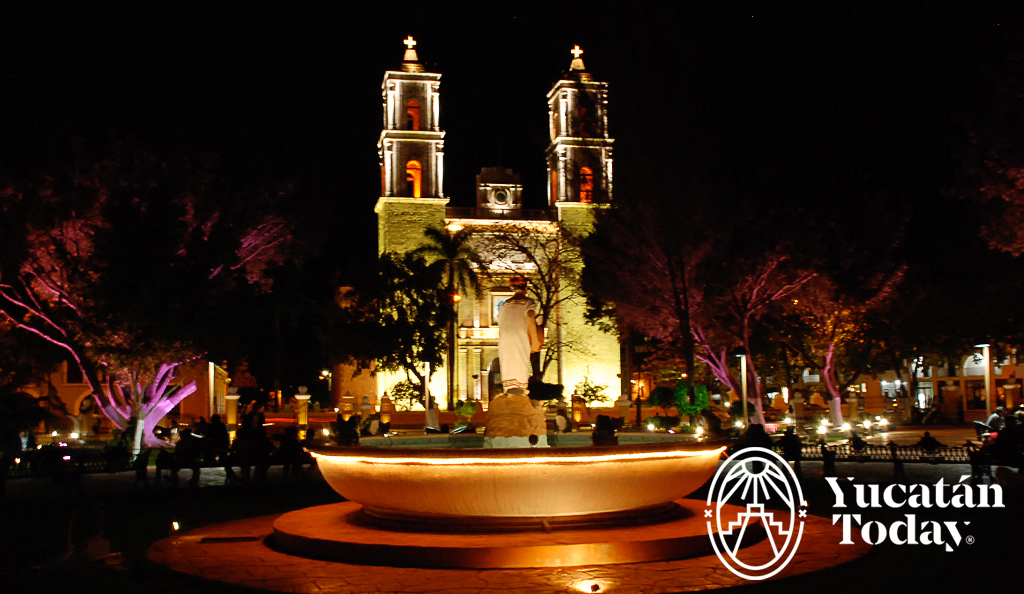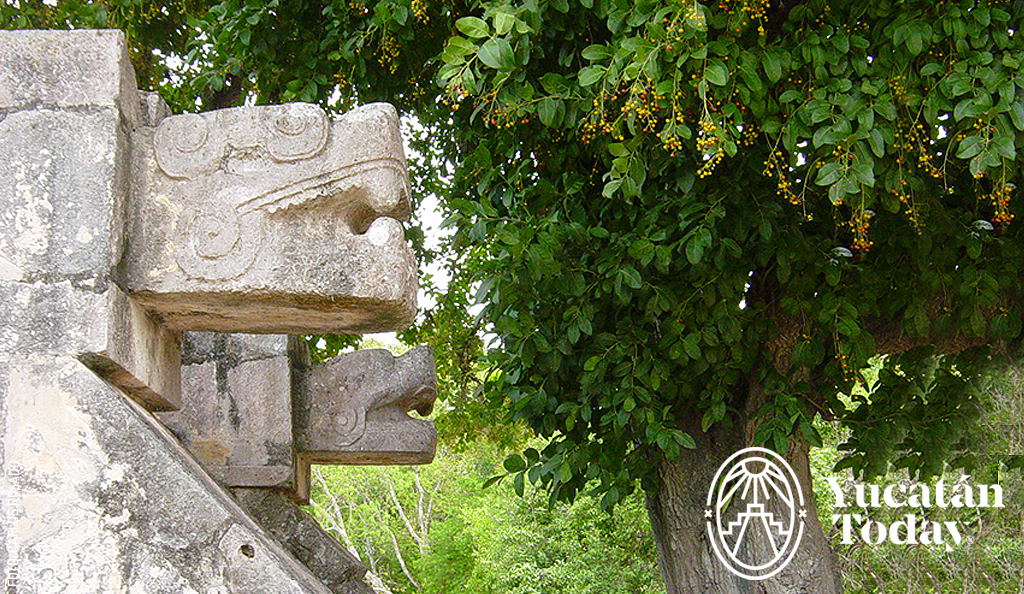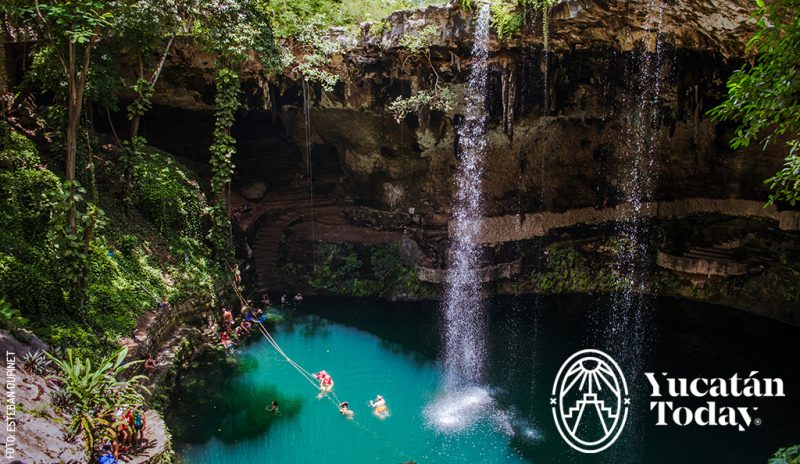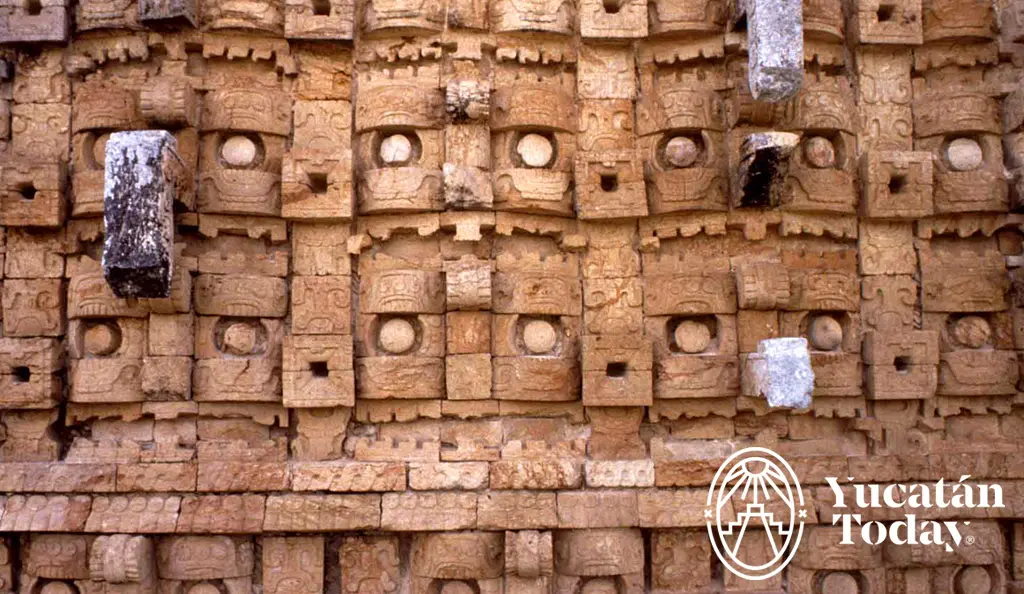
Maya Gods
Kukulkán, the feathered serpent
You have most likely heard about Kukulkán (known to the Aztecs as Quetzalcóatl). This entity was worshipped at sites such as Chichén Itzá, Maní, and Mayapán. One of his most iconic appearances is during the spring and fall equinoxes (March 21 and September 22). On these days you can see how Kukulkán himself comes down the Castillo in Chichén Itzá, to visit Earth.
Cha-chaak, the god of rain
 This deity took on special importance in the Puuc Route at sites such as Kabáh and Uxmal. This area of Yucatán doesn’t have cenotes, making rainfall all the more important for sustaining life. Closely related to Chaac are different types of animals such as turtles, parrots, and frogs, as well as the Chaaques: four sub-deities, one for each cardinal point, that do his bidding.
This deity took on special importance in the Puuc Route at sites such as Kabáh and Uxmal. This area of Yucatán doesn’t have cenotes, making rainfall all the more important for sustaining life. Closely related to Chaac are different types of animals such as turtles, parrots, and frogs, as well as the Chaaques: four sub-deities, one for each cardinal point, that do his bidding.
Ixchel, goddess of fertility
She is frequently considered as being Itzamná’s wife and is closely tied to the moon. Most of the archaeological vestiges alluding to her are found at the sites of the coast of Quintana Roo, mostly in Cozumel and Isla Mujeres.
Ah Puuch, god of the underworld
It is said that he lives in Xibalbá and has a close connection to cenotes and caves, often seen as passages to the underworld. He is closely associated with the Monstruo de la Tierra (the Earth Monster), which we see in sites throughout the state. One of the most impressive ones is the one at Ek Balam, whose wide-open jaws are said to take you straight to Xibalbá.
Yuum Kaax, god of corn and agriculture
 The Maya designed a sophisticated agricultural system that is focused on polyculture. Representations of Yuum Kaax are mostly found on pottery; he is usually portrayed as sitting cross-legged, with his arms stretched out, and corn growing from his hands.
The Maya designed a sophisticated agricultural system that is focused on polyculture. Representations of Yuum Kaax are mostly found on pottery; he is usually portrayed as sitting cross-legged, with his arms stretched out, and corn growing from his hands.  Maya mythology is complex and has a truly rich context, placing corn as the creative nature of humankind as we know it today. Maya gods are characterized by the use of dual energies such as malevolence / benevolence; their associations changed according to the days in the Maya calendar. Maya deities are associated with numbers, crops, days of the Maya calendar, and periods of time.
Maya mythology is complex and has a truly rich context, placing corn as the creative nature of humankind as we know it today. Maya gods are characterized by the use of dual energies such as malevolence / benevolence; their associations changed according to the days in the Maya calendar. Maya deities are associated with numbers, crops, days of the Maya calendar, and periods of time.
Ah muzencab - God of Bees and Honey.
Ah Puch - also known as Hun ahua is a God of Death and dwells in the underworld.
Bacab - The Four Guardian Deities, related to the Cardinal points, carrying the sky in the center of them is the sacred tree of life "Ceiba".
Chaac - God of Rain, a highly venerated God.
Chak Chel – Wife of Itzamnaaj, a red rainbow warrior young goddess with jaguar ears and claws; she is thought to be the young version of Ixchel, a weaver and patron of women in the underworld.
Camazotz - Bat god, also a monster deity of the underworld.
Gukumatz - Feathered Snake God and one of the God Creators of humanity.
Kukulkan – Messenger of Venus; the Sovereign Feathered Serpent Deity revered in Chichén Itzá and Mayapán (believed to be Quetzalcoatl for the Aztecs).
Hun-Hunahpu – the Sacred Maize Deity. He is the Maya ideal of beauty and youth.
Hunahpu - A ballplayer deity characterized as a hunter of birds. Huracan - God of Storm (extreme bad weather) and Wind and Fire, one of the creator deities.
Itzamnaaj - The Supreme God Creator ruled the skies and invented writing; associated with the Sun. Also known as the God of Cacao.
Ixchel - Aged jaguar goddess of midwifery and medicine; associated with the Moon, water, fertility and childbirth.
Ixtab - Goddess of Honorable Suicide; depicted as the “rope woman,” for hanging was to the Maya an honorable way to die; she will take the brave soul to paradise. Also depicted as a symbol of lunar and solar eclipses.
K’awiil - God of Lightning; also the Jaguar God of the underworld.
Xbalanque - a ballplayer deity whose name means Jaguar Son or Hidden Sun.
Xochiquetzal - goddess of Xocolatl (chocolate; a sacred godly beverage prepared only for the upper Maya royalty).
Zipacna - Underworld Demon Deity with great sexual appetite, symbolized by his favorite food: crabs. A very arrogant and powerful deity believed to have created the mountains.
By Maggie Rosado and Carlos Rosado
With additional information from:
Fundación Maya In Láakeech A.C. and Hacienda Chichen
www.yucatanadventure.com.mx/inlaakeech.htm
Photography by Nora Garrett, SEDECULTA, Carlos Rosado, Esteban Dupinet, and Laura Pasos for its use in Yucatán Today.
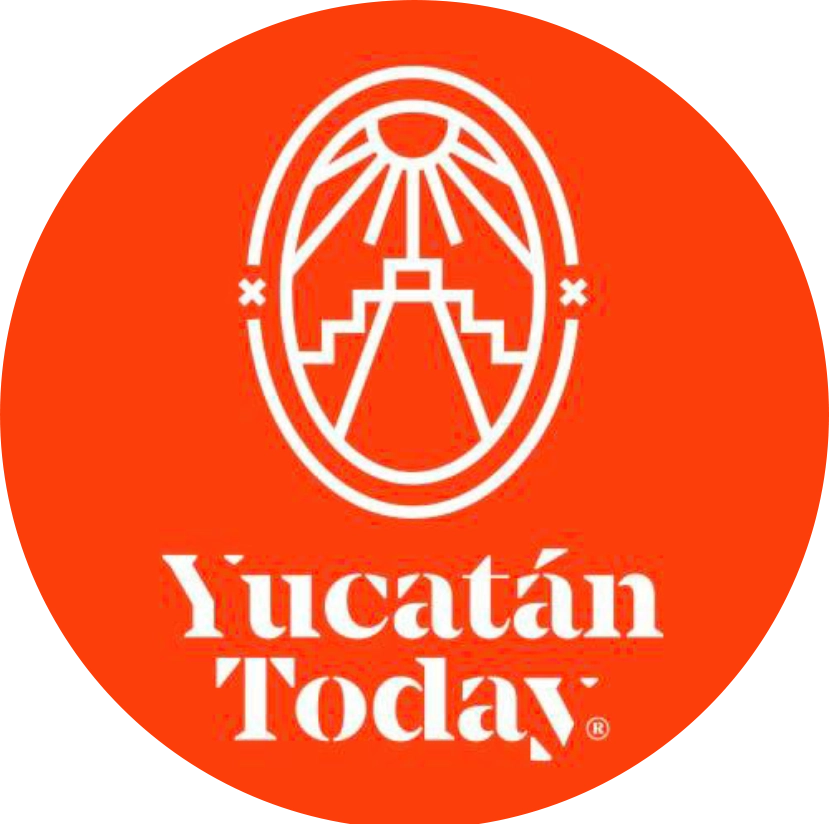
Author: Yucatán Today
Yucatán Today, la compañera del viajero, es un medio bilingüe de información turística sobre destinos, cultura, gastronomía y el qué hacer en Yucatán con 37 años de trayectoria.
¡Receive the latest articles and much more from the best of Yucatán in your email!
Related articles
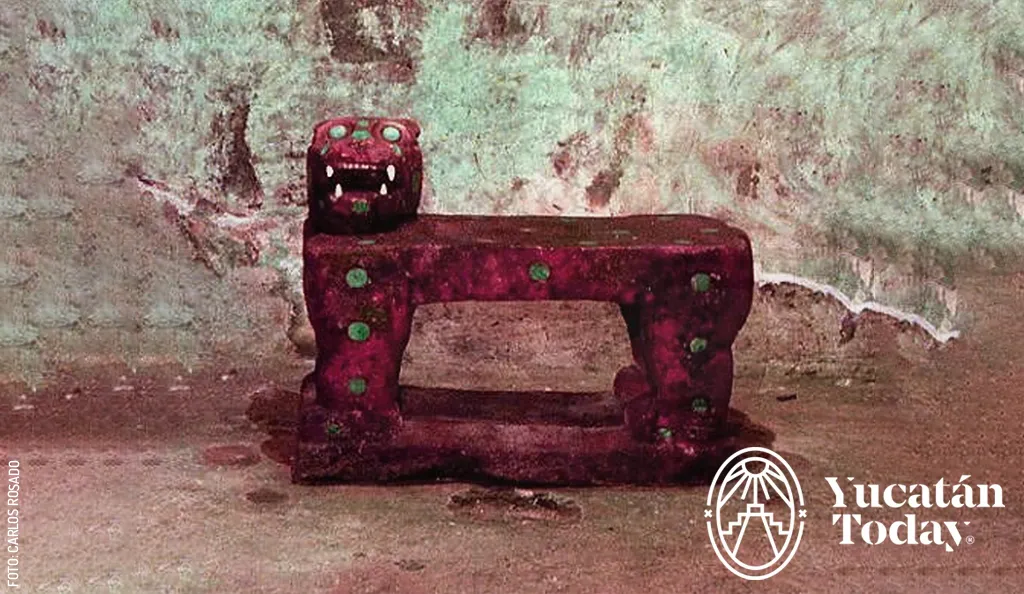
Symbolism, Myth, and Power: The Role of Animals in Maya Life
The role of animals in Maya life as a source of goods such as meat, feathers, hides, and great religious, mythological, and symbolic importance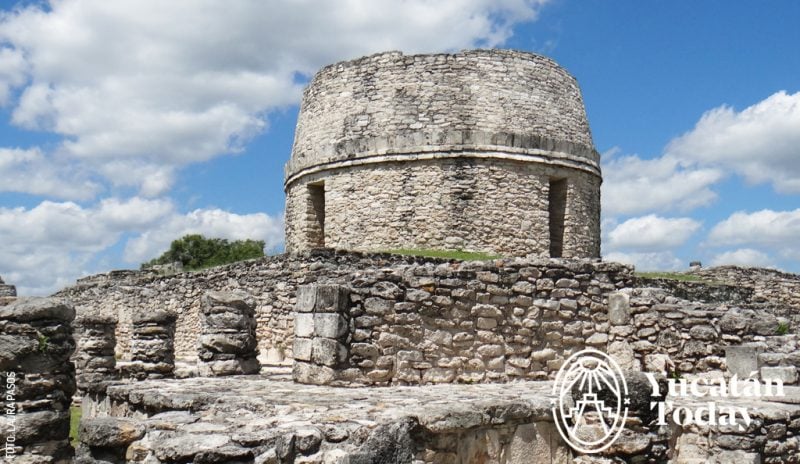
The Importance of Mayapán
One of the characteristics that unites the diverse Mesoamerican cultures is the pantheon of gods within their worldview. Among the gods who created...